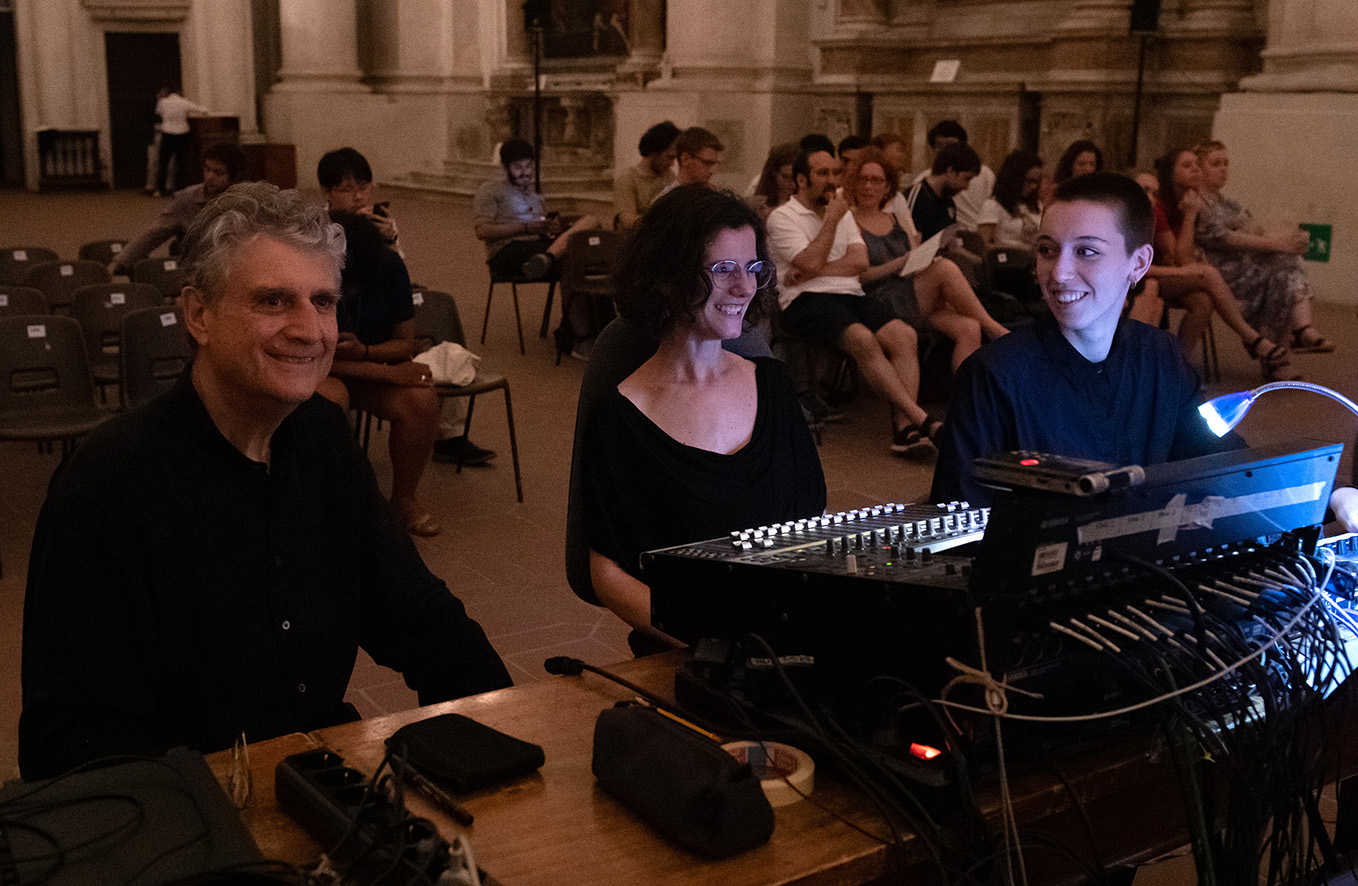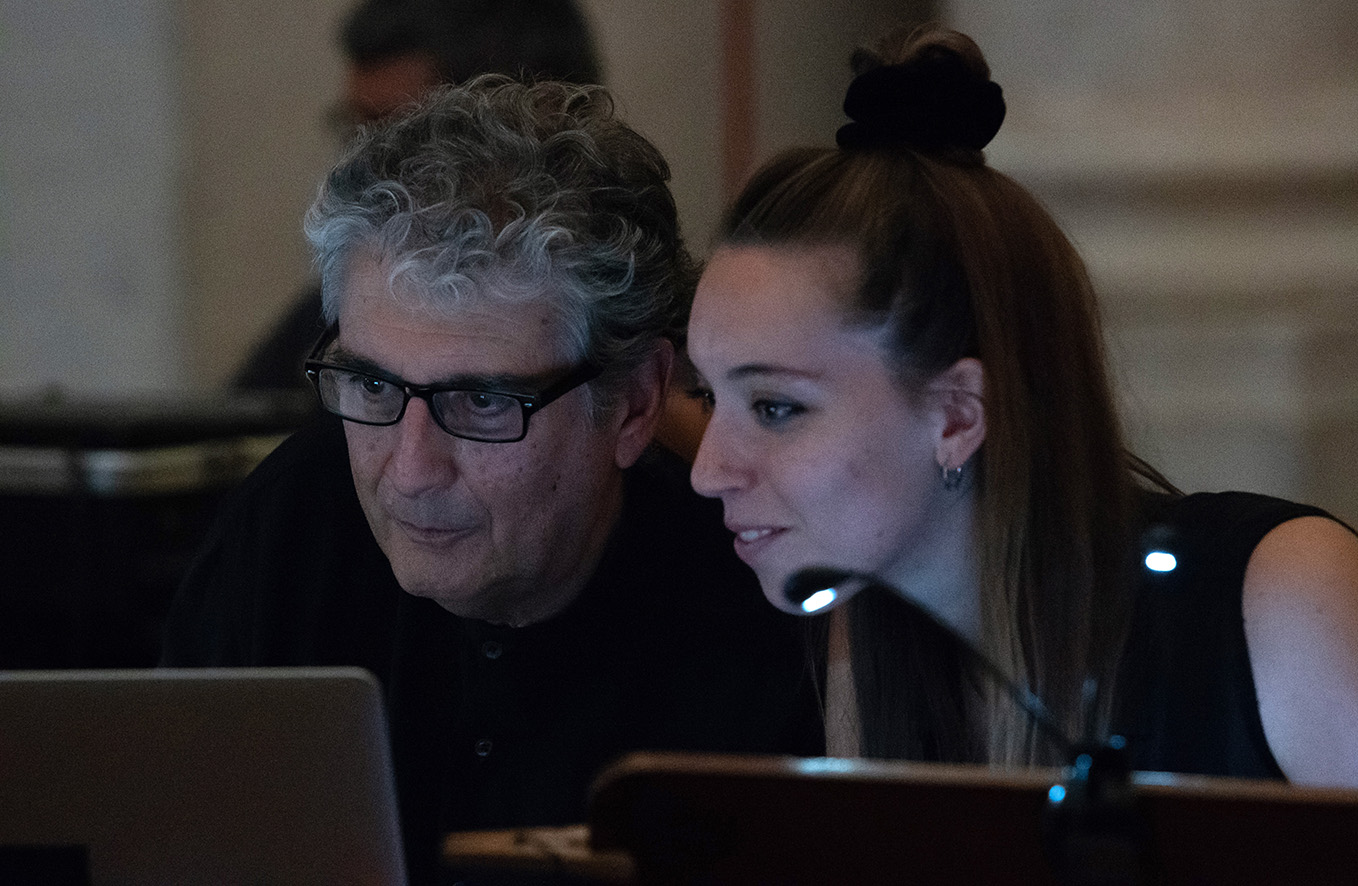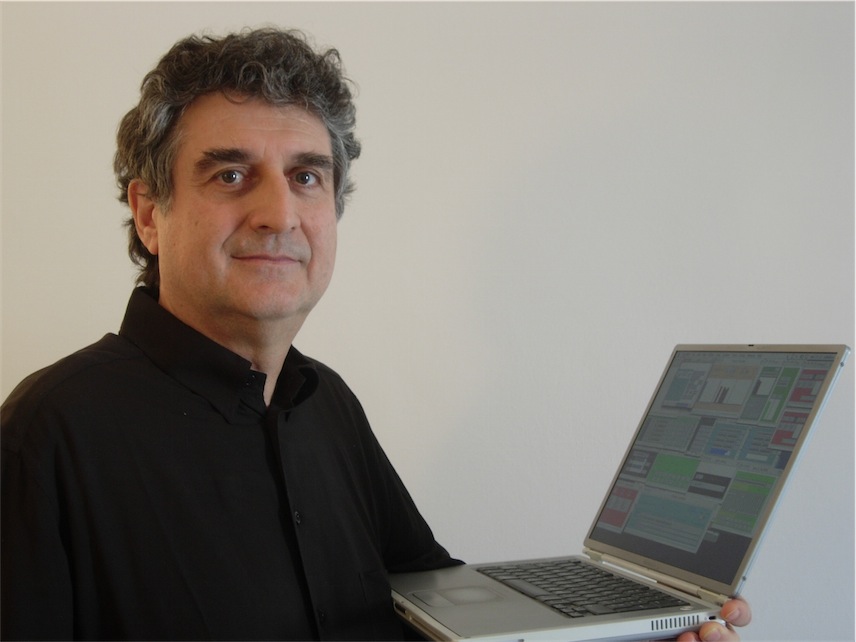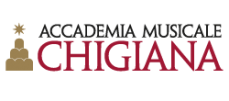This post is also available in:
 Italiano (Italian)
Italiano (Italian)
ALVISE VIDOLIN instructor
NICOLA BERNARDINI co-instructor
15 JULY / 27 JULY

GENERAL INFORMATION
The course is aimed at composers, performers, and interpreters of electronic music, as well as sound engineers who wish to delve into theoretical, technical, and creative aspects related to the production of live electronic concerts. The online lessons are preparatory for the in-person course and will take place from 10:00 AM to 1:00 PM / 3:00 PM to 6:00 PM on the following days: May 10th, 17th, 24th, and 31st, as well as June 14th and 21st.
1. COMPOSITION TRACK
For the admission exam, candidates must submit the scores of two recent compositions with electronic music parts, attaching any audio files and recordings of a performance (to be uploaded on YouTube in “unlisted” mode).
The scores must reach the Secretariat of the Chigiana Academy through the online registration form by April 30. At the same time, the registration-exam fee must be paid.
The Chigiana Academy will communicate the results of the selection made by the examining committee to all candidates.
The course will have an analytical/theoretical nature in online lessons and laboratory sessions with daily meetings in face-to-face lessons.
For a limited number of candidates, the possibility of enrolling as listening students is allowed.
Actual students are required to submit, by the date of the first online meeting, a score (or sketches) of an original composition for voice and/or solo instrument with live electronics. The electronic part will be created during the lessons and performed in concert (July 27) by a student from the courses of the Chigiana Academy.
2. PERFORMANCE TRACK
For the entrance exam, candidates must present the technical-performance plans for two pieces from the repertoire for voice or instrument or ensemble and live electronics by a well-known author, to be chosen by each candidate. These must be sent with the application form by April 30.
The technical-performance plans must be finalized for performance in a hall of roughly 250 seats and approximate dimensions of m. 50 x 10 x 5(h), with live electronics preferably to be performed by a single person.
To perform the work, the candidate may make use, as necessary, of components from the following audio system:
- 9 independent amplification channels with 9 full-range loudspeakers positioned on the boom at variable height and orientation;
- 1 subwoofer speaker positioned on the ground with independent amplification channel;
- wide variety of dynamic condenser, proximity, radio, microphones with rods and various supports;
- 1 analog or digital mixer of the candidate’s choice;
- 1 reverb generator of the candidate’s choice;
- 1 personal computer with multichannel audio interface and MIDI controller of the candidate’s choice, software chosen by the candidate (preferred: Max / MSP, PD, Supercollider, Csound, or Faust, which may also be interconnected with each other)
- power supply, audio and power cables, technician for installation support.
The plan must include:
- data sheet;
- diagram of the connections between the various devices and their location in the Hall and/or in neighboring environments;
- detailed configuration of the mixer (inputs/outputs, internal programming);
- performance environment created by the computer using the chosen software;
- text describing the actions that the performer must perform during the performance, possibly accompanied by additional instructions inserted in the score.
COURSE DETAILS
Lessons on theory will deepen the student’s knowledge of the following topics:
– the temporal eco-sustainability of musical works with electronic parts
– the choice of technological equipment suitable for sustainability
– the adaptation of past works made with technologies that are no longer available
– the various semiographic notations useful for the reading, interpretation and reconstruction of electronic parts
– the use of scripting and automation systems for the systematic creation of highly complex electronic scores
These topics present challenging aspects that are still open to emerging research and will be addressed by highlighting the research and investigating the know-how and components necessary for in-depth realizations of past and future works.
LESSONS AND WORKSHOPS
IN-PERSON COURSE
The practical lessons provide for the active participation of students in the performance of the electronic parts of the compositions listed below that will be performed within the concerts of the Chigiana International Festival & Summer Academy 2024:
Dashow Soundings in pure duration n. 10 / Ipiece per Arturo Tallini
Momi Vuoi che nel fuori for percussion trio and electronics
Nono Omaggio a György Kurtàg / Post Praeludium n. 1 per Donau / Interludio Primo dal “Prometeo”
Ligeti Artikulation
Romitelli Natura morta con fiamme (1991)
Ligeti Glissandi
Manoury Pluton (1988)
Letort Nautipoulpe
ONLINE PREPARATORY LESSONS
In the on-line preparatory lessons, the works with electronic parts to be performed in the aforementioned concerts will be analyzed and the executive environments planned. In the on-site laboratories, in addition to the execution of the electronic parts, the problems of recording, processing and spatialization of live sounds will be addressed, also as a function of documentation work to be carried out in post production. Through the preparation, rehearsal and performance of the pieces with electronics listed above, different playing techniques will be studied, using the SaMPL electroacoustic system based on d & b audiotechnik amplification, Yamaha DM1000 digital mixer and multi-channel spatialization in 8-channels.
In collaboration with SaMPL (Conservatory C. Pollini di Padova) and with the Center of Computational Sonology (CSC) of the University of Padova.
AGE LIMIT
35 years
ADMISSION
Requested materials to be included in the online application
TUITION & FEES
– APPLICATION FEE must be sent to the Accademia Chigiana WHEN YOU SUBMIT THE APPLICATION!
– Course tuition / ATTENDANCE FEE should be paid only after receiving an acceptance letter from the Accademia to the course
APPLICATION DEADLINE
30 APRIL
ONLINE LESSONS BEGIN
10 MAY / 10am
IN-PERSON LESSONS BEGIN
15 JULY / 10am


Last updated: 29/01/2023

